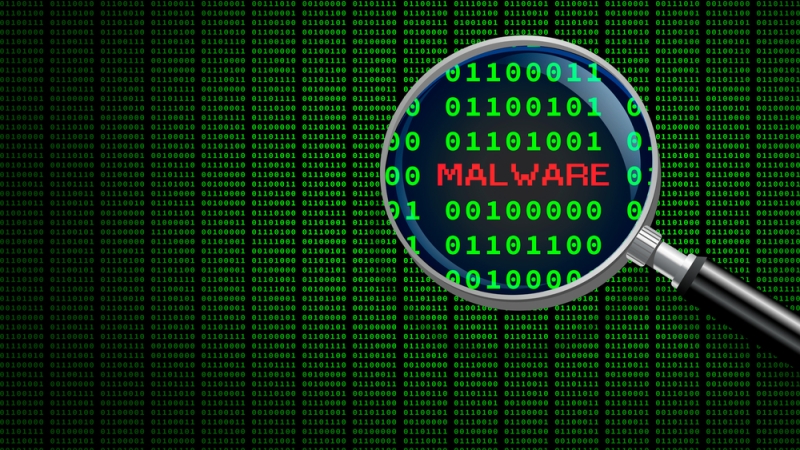In cybersecurity, the ability to respond swiftly to an attack is critical — but before you can respond, you must first identify that an incident is occurring. The Identification Phase is the second stage in the Incident Response Lifecycle, and it plays a crucial role in limiting the damage caused by security breaches.
Often, organizations fall short in this phase, either by missing early warning signs or misclassifying legitimate threats. In this blog, we’ll break down what the Identification Phase involves, why it matters, and how to do it effectively.
What Is the Identification Phase?
The Identification Phase focuses on detecting, validating, and classifying potential security incidents. It’s about recognizing that “something isn’t right” and determining whether the anomaly is truly an incident that requires response.
This phase answers questions like:
-
Is this event actually a security incident?
-
What systems are affected?
-
When did it start?
-
Who or what is the source?
Why Is Identification Important?
Quick and accurate identification is the difference between a contained breach and a catastrophic compromise. Delays in this phase can:
-
Increase the scope of the attack
-
Extend recovery time
-
Lead to data loss or reputational harm
-
Result in compliance violations
The faster you identify an incident, the faster you can act to stop and mitigate it.
Key Steps in the Identification Phase
1. Monitoring and Detection
You can’t identify what you don’t see. The first line of defense involves setting up robust monitoring across:
-
Network traffic (via IDS/IPS, firewalls)
-
Endpoint activity (EDR solutions)
-
System logs (SIEM platforms)
-
User behavior (UEBA tools)
-
Cloud environments and APIs
Detection tools flag anomalies such as:
-
Unusual login patterns
-
Data exfiltration attempts
-
Malware signatures
-
Suspicious file changes
2. Alert Triage and Correlation
Once an alert is generated, not every notification indicates a real threat. Analysts must:
-
Triage alerts based on severity and impact
-
Correlate data across sources to see the bigger picture
-
Prioritize incidents that require immediate attention
This helps reduce alert fatigue and false positives.
3. Initial Investigation
Security analysts begin a preliminary investigation to validate the alert. This may include:
-
Reviewing logs
-
Examining network flows
-
Checking file hashes against known malware
-
Communicating with users or IT staff for confirmation
The goal is to gather enough context to make a confident decision.
4. Incident Classification
Once an event is verified, it must be classified:
-
Type of incident (e.g., malware, DDoS, phishing, insider threat)
-
Severity level (low, medium, high, critical)
-
Scope (systems, data, users affected)
Accurate classification determines the urgency and resource allocation for the next response steps.
Common Identification Challenges
Despite best efforts, organizations often struggle with:
-
Too many false positives due to poorly tuned detection systems
-
Lack of visibility into cloud, mobile, or remote environments
-
Delayed alerts from slow logging or monitoring tools
-
Skill shortages that prevent timely investigation
-
Inconsistent processes for identifying or escalating incidents
Best Practices for Effective Identification
-
Implement a SIEM or SOAR Platform
Centralize and automate alert management for faster correlation and response. -
Baseline Normal Behavior
Understand what "normal" looks like in your environment to more easily spot anomalies. -
Fine-Tune Detection Rules
Regularly update detection rules to reduce noise and reflect current threats. -
Train Analysts on Threat Hunting
Equip your team with the skills to proactively search for hidden threats. -
Document and Escalate Properly
Maintain checklists or playbooks for classifying incidents and escalating when needed.
Conclusion
The Identification Phase isn’t just about spotting problems — it’s about recognizing real threats in time to stop them. It’s a blend of tools, processes, and human intuition, all working together to uncover incidents before they spiral out of control.
Without effective identification, even the best response plan is useless. With it, you're one step ahead of the attacker — and that can make all the difference.

